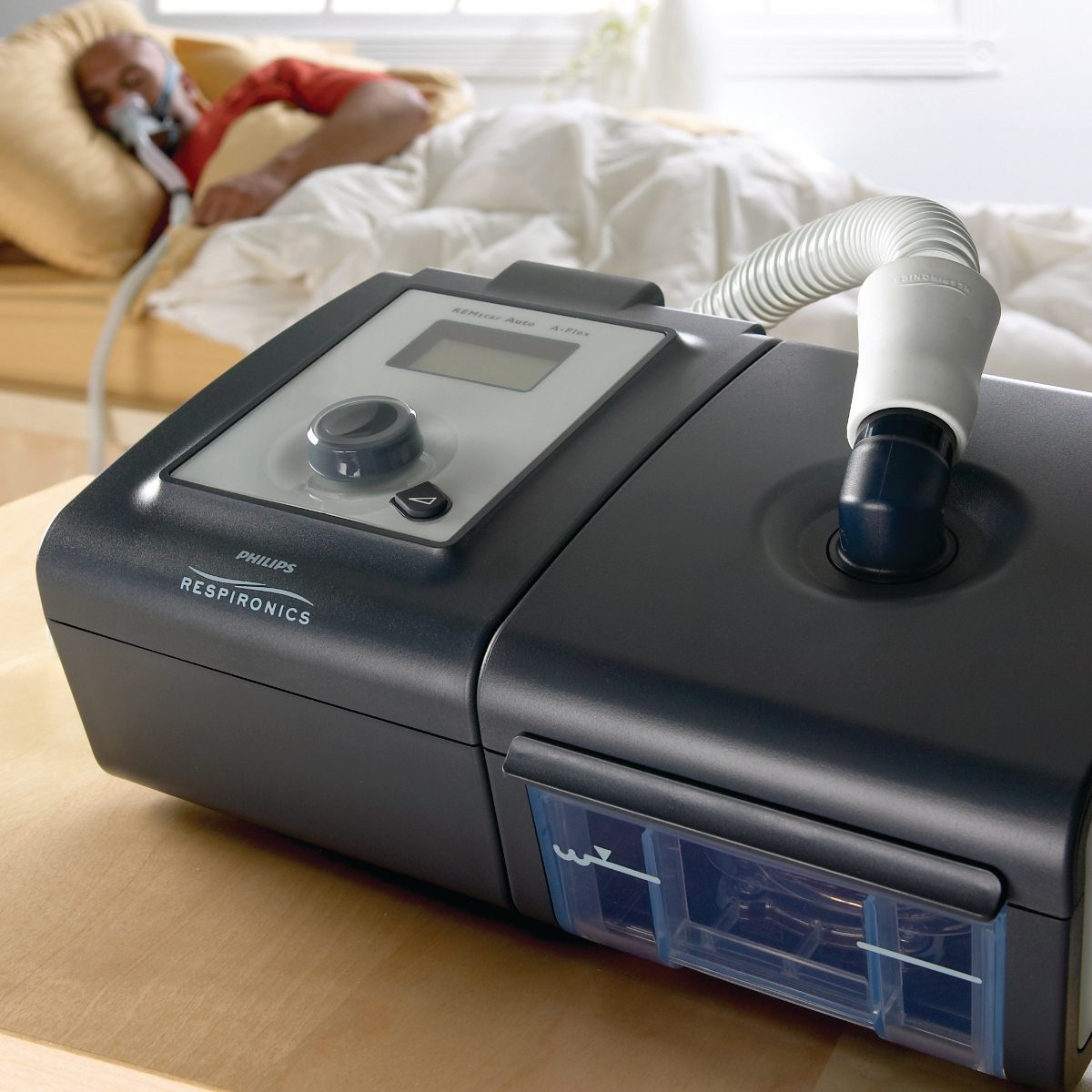Last updated on July 6th, 2023 at 03:24 pm

If you have recently been diagnosed with obstructive sleep apnoea (OSA), the chances are high that you have been equipped with a continuous positive airway pressure machine. The CPAP machine will help to increase the level of air pressure delivered to your mouth and nose.
While these units are excellent at keeping your airways open and unobstructed during the overnight hours, some users may find them slightly uncomfortable in the beginning; this is particularly the case if you are prone to developing a dry mouth or throat.
A Humidifier Can Help with Comfort
You will be happy to learn that using a humidifier can provide relief. Still, we strongly suggest that for awhile, you try the CPAP machine — and more importantly the CPAP mask — before purchasing a humidifier. Therefore, it is wise to address some basic questions, such as:
How does this type of apparatus function?
- What are its primary benefits?
- Will you always need to use this attachment?
- Are there any possible side effects to watch out for?
While it is always important to consult with a sleep specialist if you have any concerns, answering the questions above will provide you with an additional level of clarity and insight. So, let’s begin.
A Quick Look at Why Humidity is Important
As we have noted, the primary intention of a CPAP machine is to enable your airways to remain open while asleep. This is why your face mask must stay in place during the overnight hours. However, some users will inadvertently remove this apparatus. One of the reasons behind such an unconscious habit involves the level of moisture in the air.
As we all know, breathing in dry air for extended periods can irritate the mouth, nose and throat. Some individuals experience the very same sensations while sleeping. Many modern units have a built-in feature which allows them to adjust the humidity if desired.
Those who regularly breathe through their mouth can be more prone to such a condition. This may also occur if you happen to be suffering from seasonal allergies or a nasal obstruction (such as a deviated septum or blocked sinuses).
So, it becomes clear why adding a bit of moisture to pressurised air can produce viable results within a short period of time.
The Main Advantages of Using Humidified Air
The primary benefit of this approach involves the ability to remain comfortable while at rest. You are also less likely to awake with a sore or irritated throat.
In the same respect, those who can obtain humidified air are not as prone to removing the mask as they sleep. There can even be times when arid air can cause other conditions such as nosebleeds or oral health issues due to dry mouth.
Even if you do not remove the mask entirely, simply adjusting it due to discomfort can lead to an imperfect seal around its periphery. Once again, this causes the airflow to drop, and the effectiveness of the therapy. A humidifier can help to alleviate all these issues.
What About Travelling?
Those who regularly travel for work or leisure are often curious to know if this device can be easily transported. In some cases, it is built directly into the continuous positive airway pressure machine. It can, therefore, be activated and deactivated whenever necessary.
However, other configurations will allow the humidifying portion to be detached and stored separately. This may be a wise option if you are concerned about a limited amount of space (such if you happen to be flying in coach class). It is a good idea to speak with your doctor or sleep specialist to appreciate the options and alternatives that may be available.
Might it Be Necessary for the Future?
Some individuals can become acclimated to the device, and over time, they might no longer feel that it is necessary. For example, perhaps you relocate to an environment with a higher level of air moisture.
You could also feel as if you can sleep without relying upon a higher level of water content in the air. In either of these cases, the machine itself can typically be adjusted.
Detachable humidifying systems can simply be removed from the blower. The tubing can, after that, be connected directly to the machine. New units may also contain a manual switch to deactivate the heating and moisture elements. These can usually be accessed via the settings menu (refer to the operating manual to learn more).
A Quick Look at Potential Side Effects
There are two possible side effects which should be mentioned briefly:
- Continued dryness within the mouth and throat.
- A situation referred to as “rainout”.
If you happen to experience prolonged levels of dryness even after this option is activated, the chances are that the humidity and temperature settings are not high enough. These can be manually adjusted in order to obtain the proper level of moisture-based off of your personal preferences.
Rainout occurs when the warm air emanating from the machine cools down while flowing through the tube. This can lead to a build-up of condensation within the face mask. The best way to avoid this scenario is to use a heated tube and to adjust the level of moisture that the CPAP is producing. Once again, these simple adjustments will generally provide the desired results.
We can now see that humidity plays an important role when treating obstructive sleep apnoea. Thankfully, many modern units will offer this as a standard option. If you have additional questions, it is always prudent to consult with a sleep specialist. There is no reason why a sound evening of rest should remain elusive.
Shop our line of humidifiers
Published: 7th August 2020

